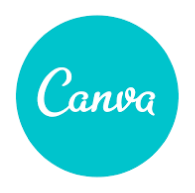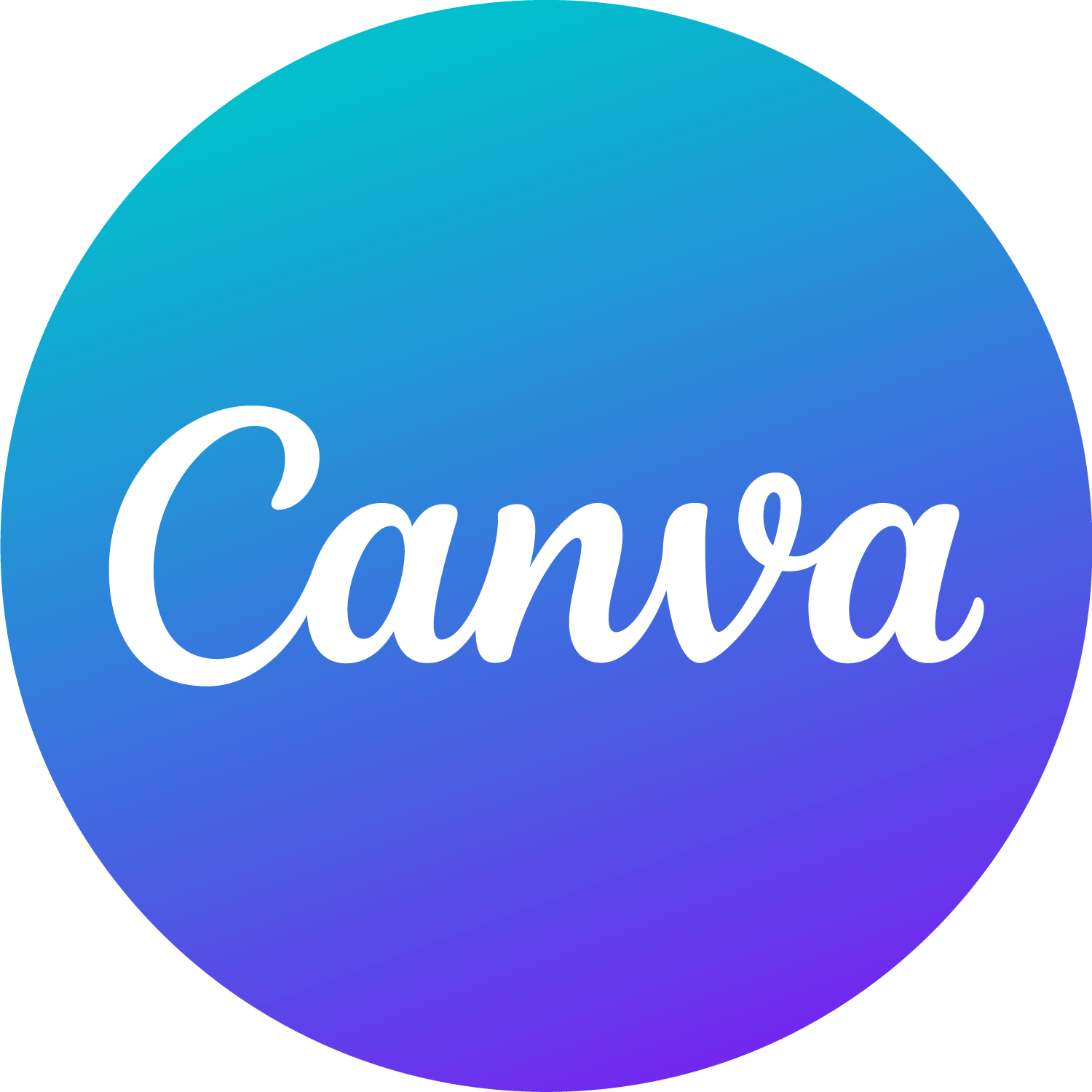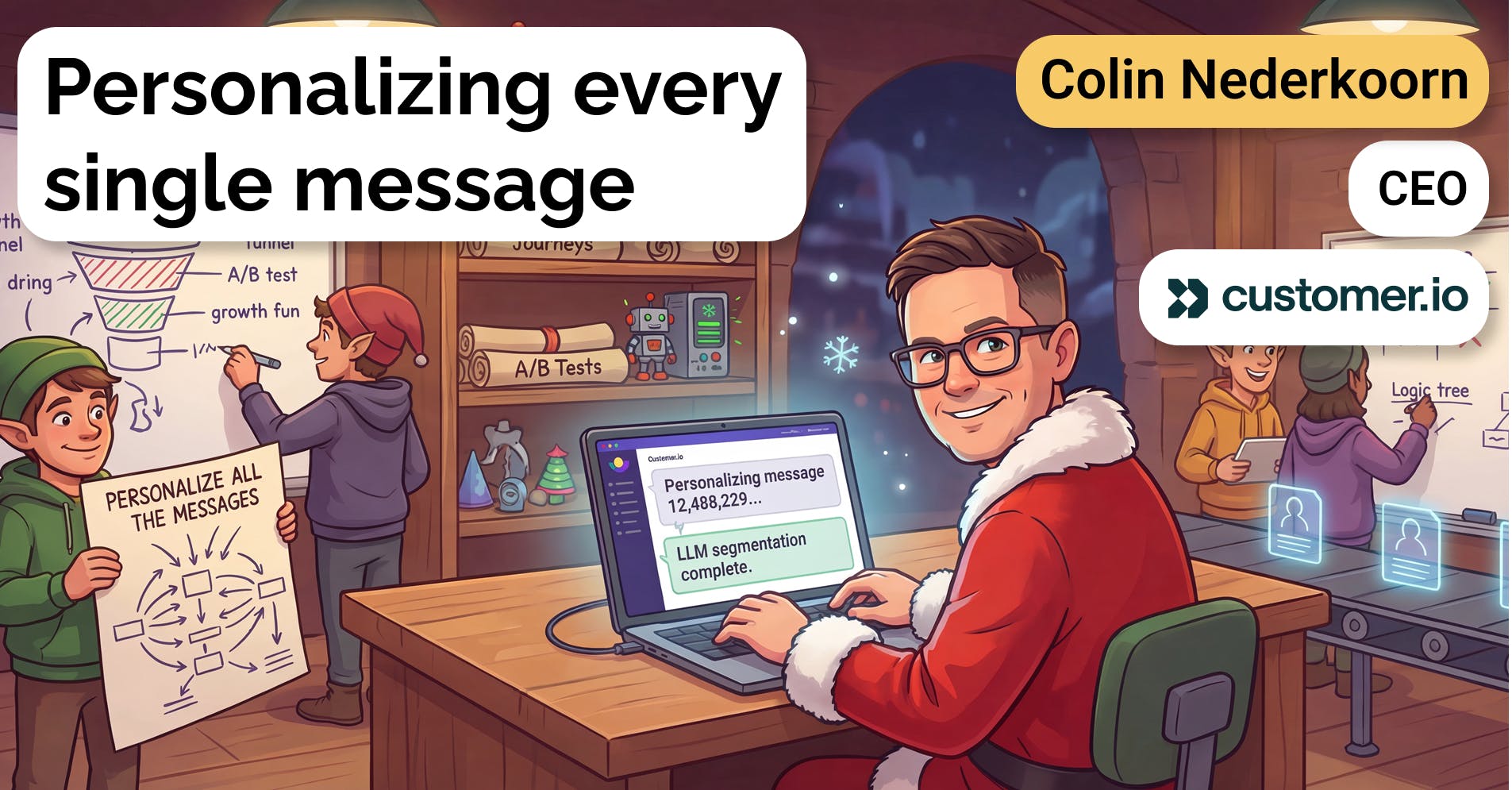Product manager at Canva on Canva's shift upmarket
 Nan Wang
Nan Wang

Disclaimers: This transcript is for information purposes only and does not constitute advice of any type or trade recommendation and should not form the basis of any investment decision. Sacra accepts no liability for the transcript or for any errors, omissions or inaccuracies in respect of it. The views of the experts expressed in the transcript are those of the experts and they are not endorsed by, nor do they represent the opinion of Sacra. Sacra reserves all copyright, intellectual property rights in the transcript. Any modification, copying, displaying, distributing, transmitting, publishing, licensing, creating derivative works from, or selling any transcript is strictly prohibited.
Interview
We spoke to a current product manager at Canva as part of our research into the design tools space. Canva is currently valued at $40B, making it the 5th most valuable private company in the world. Founded in 2013, Canva started out as a simple, easy-to-use web app for generating quick graphics like social media marketing assets—today, it is an enterprise suite of creative productivity tools. Our conversation centered on understanding Canva's adoption inside organizations, Canva's positioning against companies like Figma, Adobe and Microsoft, and Canva's path to selling into the enterprise.
What product is Canva displacing?
Canva originally started off as a graphic design tool. That space has been traditionally dominated by the Adobe Suite of products, which was and continues to be the market leader. But Canva is fundamentally different from Adobe in the way it's solving that problem.
If you look at Canva today, it is displacing multiple products, starting from productivity suites like Microsoft Office, Google Work Suite, video editing tools like iMovie and Windows Movie Maker, and graphic design tools and print services like Vistaprint -- a broad spectrum of products.
It's still at its core a visual communication tool, which has evolved from the graphic design tool. If I had to give you a short answer, I think the main products that Canva is displacing are the Adobe Suite of products -- both video and photo editing -- and productivity work suites, that is, Microsoft Office, Google Slides and the works. More products will continue to be launched at Canva that will displace other players in the ecosystem.
A subset of use cases that Canva is going after overlaps with Figma, but I would say Canva is addressing a much broader set of use cases compared to Figma.
In my view, Figma is displacing the Adobe Suite of products -- it's more for designers on the cloud, and that's their core product. They have also come up with FigJam, which is a beta product. We'll talk about the Figma core product.
Figma is trying to make design collaboration accessible, but it's still at its core a slightly more technical tool compared to what Canva is. It affords more detailing, more flexibility and, if you look at the user base, most of the creators on Figma are still designers, as opposed to Canva where most of the creators are anyone. For example, I am a PM. I typically wouldn't design on Figma. I have a design counterpart who designs on Figma, but on Canva, I design myself.
I think there's an ability to be tailored to design, where Figma is a bit higher on complexity and ability to retest compared to Canva. That's the space where they compete, but that's probably 20% of what Canva does -- there are presentations, video editing, printing and a lot of other things that Canva does that Figma doesn't. I would say there's a 20% overlap.
It's hard to put a number on it, but there is an overlap. Eventually, it's the same set of organizations that end up using these tools. You can segment organizations from consumers like you and I, who use design tools for personal use, then SMBs like restaurant owners, retail owners or people who have teams of 10 members or less and run their own businesses, and then companies as large as banks or Microsoft or Amazon.
I would say Canva's a lot more adopted on the consumer and SMB side of the market, because it's just so simple to use that the tool fits bang on there. I doubt an SMB owner would use Adobe or Figma to create their day-to-day marketing content or visual communication. That's the segment where Canva dominates.
On enterprise, you usually see more than one of these tools being used by multiple companies, depending on the kind of role you're in. A PM might use Canva to create quick design mock-ups, so wire frames or prototypes or presentations, while a designer could use Figma and maybe a marketing media creator could use Adobe Suite of products for high-end video editing, etc.
Both Figma and Canva have communities as well as content libraries. Can you talk about the switching costs of these products and what kind of network effects the library and community provide?
I think overall switching costs across products are going down, which means the product in itself is not a hook anymore. My sense is, you have to make sure that your user base is engaged at every point of time, and there are different levers you can use to do that.
One is obviously that the product has to be superior at any point of time. Something that Canva does is to have this content library, which is one of the main reasons why users choose Canva. They don't want to start from a clean slate, they want to start from something that is already created. That's where some part of the network effect kicks in. By network effect, I mean the more people are on Canva, the more designers are encouraged to create designs for Canva, which makes the template library richer and fresher, and people keep returning.
Another part that kicks in is our adoption inside of organizations. Imagine if you work with a team of more than five, ten, twenty, one hundred people -- just having so many of your colleagues on a particular software makes it harder for you to switch as an organization out of that software. For example, for the longest time Skype was the primary go-to video platform and that was because everybody had a Skype account. It was clearly not the best video communication tool, there were better tools out there, but it's really hard to switch out of that ecosystem if everybody's already on it. If your org is used to making presentations on Canva, and everybody is creating designs, collaborating, reviewing and consuming on Canva, that makes it hard for people to switch out. So that's another angle of the network effect.
That's where the breadth of the use cases comes in handy for a player like Canva versus Figma. The more use cases you adopt, the more of a one-stop solution you become. Then with the wider adoption you get, the stickier you become. That's where Canva tends to edge out as compared to pure-play design tools, by becoming a more everyday tool than just a design tool.
Is Canva typically adopted by the whole company, or do you think it has the potential to be?
It very much has potential. I don't think that Canva is at a stage yet where it's the only go-to tool irrespective of the company. If you look at something called organization penetration, which is, "out of a hundred users in an org, how many users are using your software?" I would say that number would be 80% to 100% in small companies that have less than 50 employees.
But in large companies, product decisions and purchase decisions are more team-based and not company-based. If you look at a multinational with 30,000 employees, somebody in England might use a different product compared to somebody in India. When you go higher on the scale of employee size, Canva is not close to 100% adoption, but that could stand true for a lot of other tools that are also new to the market. That's where I think there is an opportunity to expand the user base a lot more in companies that use these tools on a day-to-day basis.
How early do you think we are in that adoption curve for multinationals?
I think there is serious interest. For example, Canva has some users across all of the Fortune 500s, which means there is a foot in the door and the product is known and it's engaging. It's just a matter of crafting a value proposition and making the product rich enough to displace some of the incumbents. I don't imagine that, in the near future, presentation software like Microsoft PowerPoint or Google Slides will go away anytime soon. But even if you go from a 5% share to a 10% or 20% share in daily use case markets like presentations, video editing, etc., that's a big curve that you can scale.
There is a three-tier pricing of free, pro and enterprise. What makes a company go from pro to enterprise, apart from the size of the company?
I think there are two factors. Let me talk about the free to pro upgrade, and then pro to enterprise.
Most of Canva's user base is on free. They're engaged on free, because free is a very powerful product in itself. Most of your work, you can get away with having a free plan, and that's by design. Canva wants as many people as possible to use the product.
Pro is where you want access to the advanced content library and want to collaborate with more than one creator. if I'm in a company where I work with five of my colleagues and we want to collaborate together, I'll kick into pro. If I want more storage, I'll kick into pro. That's more of an SMB plan.
Enterprise is where advanced features come in: you want to manage your account, you want to manage access control, you want to have a single sign on, you want to make sure that everybody can log in through Outlook or Okta or some other service provider, you want bulk pricing. If you have 500 or more users, you don't really want to pay based on the exact number. You want to buy larger plans, different contracts, etc. For Canva, enterprise plans are still nascent, but given my experience, what generally makes people go from pro to enterprise is additional security, additional control and better pricing.
We have seen some challenges experienced by first-generation product-led growth companies like Slack and Dropbox as they go upmarket. For newer product-led growth companies like Figma and Canva, how do they go upmarket learning from what didn't work before?
I'm not fully aware of what didn't work for Slack and Dropbox. I think their growth rates are impressive, but one aspect that tends to be a blocker for companies going from bottom-up to enterprise is when they hit a ceiling of decision-makers.
If you look at a smaller organization, the user is the decision-maker. If I'm going to use the product, I'm going to decide I'll spend money and move on. As companies get larger, decision-makers and users start diverging. Imagine having a 1000-member company: usually purchase decisions will get taken care of by somebody who doesn't use the product. There will be a CTO or procurement head who makes software purchases for the whole organization.
That is where bottom-up growth needs to match top-down sales. That's something that companies like Atlassian have done really well -- and Slack and Dropbox I think have done well -- but competition kicks in. Large tech companies that have perfected top-down sales like the Microsofts and Googles of the world tend to have an upper hand when it comes to large contracts. That is one challenge you need to solve for. How you solve for that requires a different approach compared to how you solve for product-led growth. Product-led growth can give you a lead funnel, but usually that lead funnel consists of end users. How you leverage them to get to the decision makers is something that you need to crack.
The second thing that you need to crack is value proposition. As we just discussed, the value proposition for a prosumer or a pro user is very different from what an organization cares about. Usually the organization does care about user experience, but it has other factors on its mind, like security, storage, access control, etc. Do you have an offering that allows the org to solve for that and to customize the product as needed? That speaks to the success of whether the product can go top down and crack larger contracts.
Those are some factors that I think are critical when you continue growing. Slack and Dropbox compete with Google Cloud, so that's a hard competitor to beat. Slack also competes with Microsoft Teams, which is also a hard competitor. But having said that, Slack is still growing in adoption and I think it will continue to. A similar opportunity lies for every other product-led company.
For enterprise customers of Figma or Canva, have their decision makers and end users already decoupled? Are they different people? Can you talk about the purchase decision making process for enterprise customers?
It depends on what kind of users dominate your paying user base the most. I'm not sure about Figma, but for Canva, most of it is still SMBs. While we do have a lot of Fortune 500s, I think for all of them Canva is being used by individual teams and not sanctioned at an organization level. If I had to give a percentage, maybe 10% of Canva's clients would be enterprise grade. But as I said, I think account penetration in those companies is still a low fraction. If you had to push that adoption up, you would need to expand those accounts so that there is top-down adoption.
The short answer is the majority are not decoupled because they are SMB users. In maybe 10% of accounts is the decision maker different from the end user.
For these enterprise customers, how does expansion or upsell occur?
That's where product-led growth kicks in. You know there's an engaged set of users in a couple particular organizations. Let's take an example. Say Facebook uses your product, and you know there are three different teams that are users: Facebook in India, Facebook in London and Facebook in SF.
Your pitch to them is, "Hey, you've been using our product for a year. Why don't you get on this additional plan? We'll give you more users at the same price point (or whatever the marginally higher price point might be). We'll give you priority support. We'll give you a representative to reach out to. We'll give you higher security. We'll give you SSO." That is what the process of farming is like, where you consolidate teams in organizations where you know there is high potential. Once you start consolidating accounts, you start getting access to higher and higher levels of decision makers. And at some point you can talk about an org-level contract, and that's how you keep expanding over multiple purchase cycles.
How do you think about CAC evolution, going from a self-serve professional plan to a sales lead organizational plan?
It's interesting to understand how the sales operation works. That is where top-down companies differ from bottom-up companies. If you land on a Microsoft PowerPoint slide, the main CTO over there will contact us, as opposed to trying our product. Microsoft indexes on generating leads right away, versus Figma, Canva and a lot of product-led growth companies, which index on giving value to the users first, making sure they adopt the product before they become a lead.
With collaborative products like Canva, your free user base tends to continue to give you more and more users over time as they invite more people, as long as there is engagement. You do need to invest in getting that free user base, and CAC will grow over time as the investment in the space heats up -- Figma will raise funds, Canva will raise funds and competition will respond. There are a lot of other long-tail users that have one or more of what Canva does, and all of those will invest in marketing. As your market penetration increases, your cost of acquisition of new pure-play users does rise because the easy ones have already been gathered.
But if you manage to keep the user base engaged, a lot of new users will continue to come through invites and collaboration flow, which averages out your CAC. And your leads come from that channel which essentially you already paid for. Cost of acquisition for new users will increase over time, but if you are able to have high retention and high referral or virality factor, it will average out to a much lower number. The second part is where companies get competitive edges. If your free product is not engaging enough, your CAC will continue to expand; otherwise not.
Let's talk about retention. What are the key drivers of it?
Retention has two or three input factors. One is the natural frequency of use that a product addresses. If your product is a design tool and your users make designs only once a month, you are going to see much less retention because people tend to forget. If your product is a daily use tool like Slack's chat platform, they tend to remember, and once you crack onboarding, they are very high retention products. The trick is to have a foot in the door with a very solid hook. For Canva, it was graphic design and then expansion to categories of products that have a daily or hourly or higher frequency use case. You make presentations a lot more often than you make posters, for example, or social media ads.
The other factor is how expansive your free product is. By expansive I mean, how early do you hit the user with a paywall? For example, a product like Microsoft PowerPoint is on one extreme where you can't even use it without paying. Spotify is a good example where you have very high engagement on the free user base: you can continue to use it until infinity and then people keep converting over time. That's the trade-off you have to evaluate compared to how much money you want off the table.
I would say both of these factors work in Canva's favor. For one, Canva is a differentiated product and it has such a wide use case that people tend to come to it often. The second factor is that it has a very expansive free plan. While it gives you low monetization right off the bat, it gives you such high retention on the free product that all in all you are doing well. So that's the balance where people play.
For enterprise customers, do you think the budget for these products are expanding, or are Adobe, Figma, Canva and InVision competing for the same budget?
I think the budget is expanding. COVID has helped a lot, plus there's a shift in enterprise spend going from real estate and operation costs to software. The analogy that I work with is, what enterprises used to spend on real estate, electricity and everything else that is needed in an office is now being replaced by software because Zoom is the new office and whiteboards like FigJam or Miro are the place where people work.
More often than not, you'll see more than one tool being used in one of these organizations -- especially the new edge organizations, which are startups and adopt free products a lot faster. At Canva, we use Figma, Canva, some video editors and all of those combined. I don't think it's an either/or discussion anymore. But if you want to get more penetration at some point, you'll end up competing with an incumbent: you won't take both an MS Office subscription and a Canva presentation subscription. As contract sizes go larger, that's where either/or decisions come in.
If one of your good friends were to join Canva next month, what advice would you give them to be successful at the company?
The advice that I would give is to think "user first." Canva is not really just a design tool, it's trying to be an everything tool. As long as you understand the fundamentals of user experience and how to design a great user experience, you should be fine.
The second piece of advice is to prepare yourself for a very dynamic ride. What was happening in Canva a year ago is very different from what's happening now, and it's evolving very rapidly at scale.
The third thing I would share is to try to simplify every product decision. The premise on which Canva is built is to think about every user in the world. That means a lot of users that are not English speaking, a lot of users that are not designing on laptops, a lot of users that are on mobile-first. Getting them onboard is where market expansion happens. You really need to challenge the way other players have been doing things to design unique solutions for the emerging markets.
What operating philosophies are guiding Canva employees and being carried through to the product and its customers?
We have a lot of values, but some of them that stand out to me is an extension of what I spoke about. Making complex things simple. Canva's always trying to be very aspirational in the problems that it picks up to solve. I think those are the two things that are reflected in the way we approach our product decisions and in what goes out to the final product.
Is there anything that you think is important we haven't touched on?
Design 10 years ago was a culmination of design thinking plus ability to execute, which involved complex courses and tutorials that came with Adobe packages. Now, design is no longer a niche skill that only a few people can execute. You and I, and students and kids who are new to devices, are designing on the fly. That's changing the way organizations do design and the way they do marketing. I think that's an interesting space to work on.













